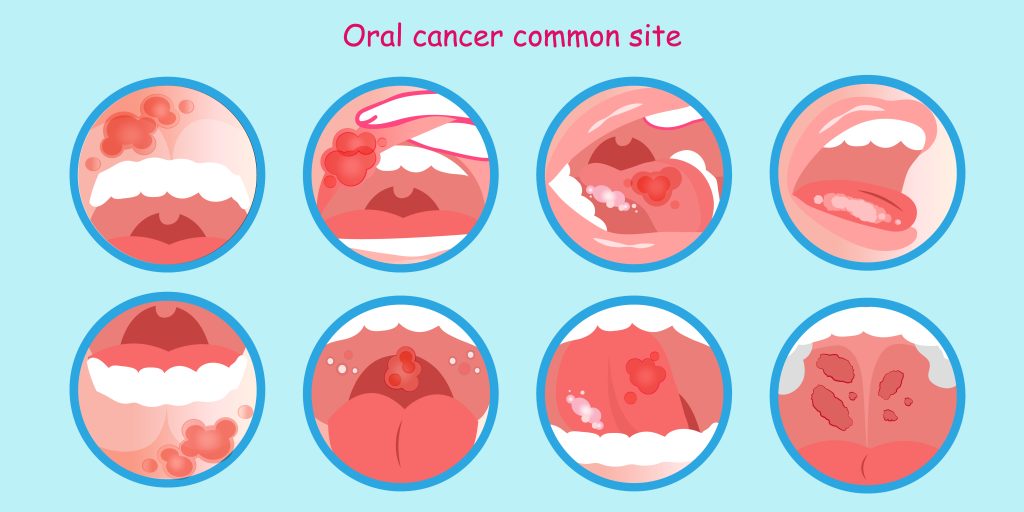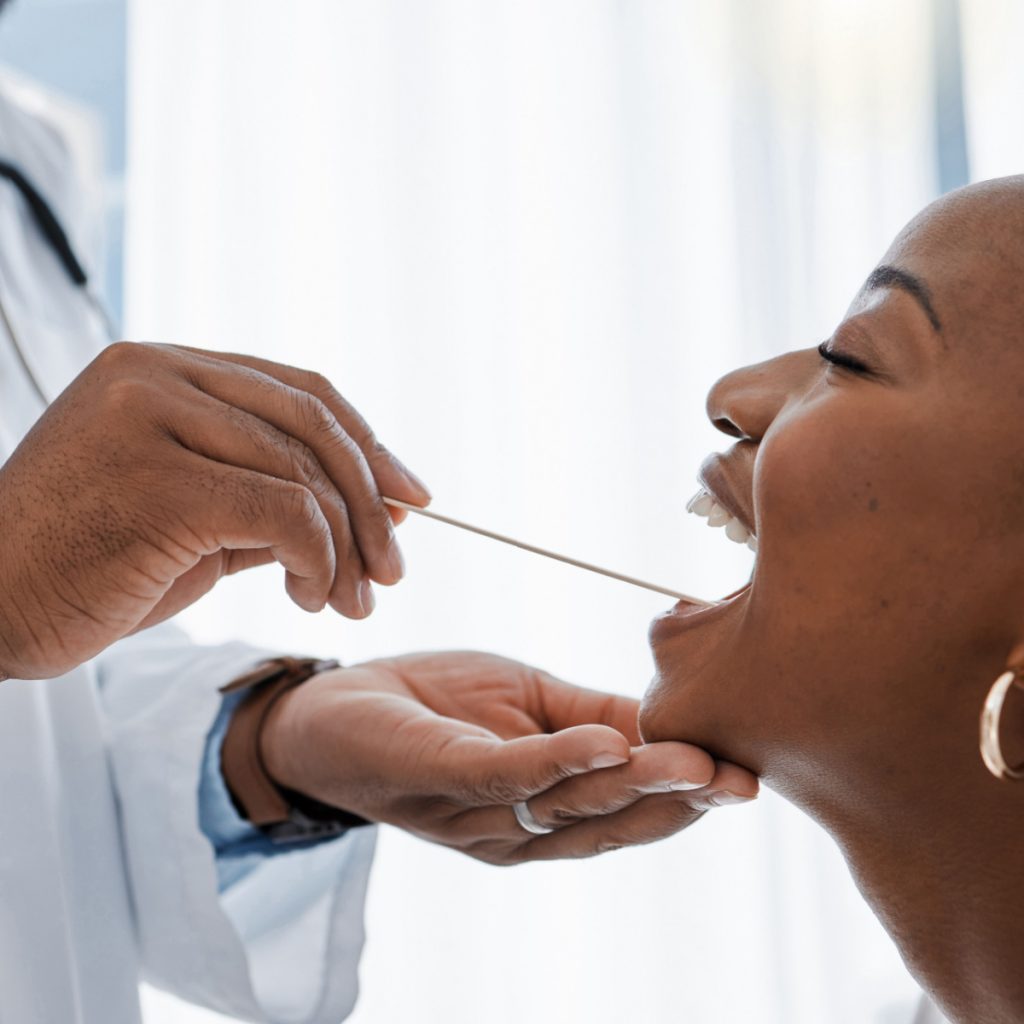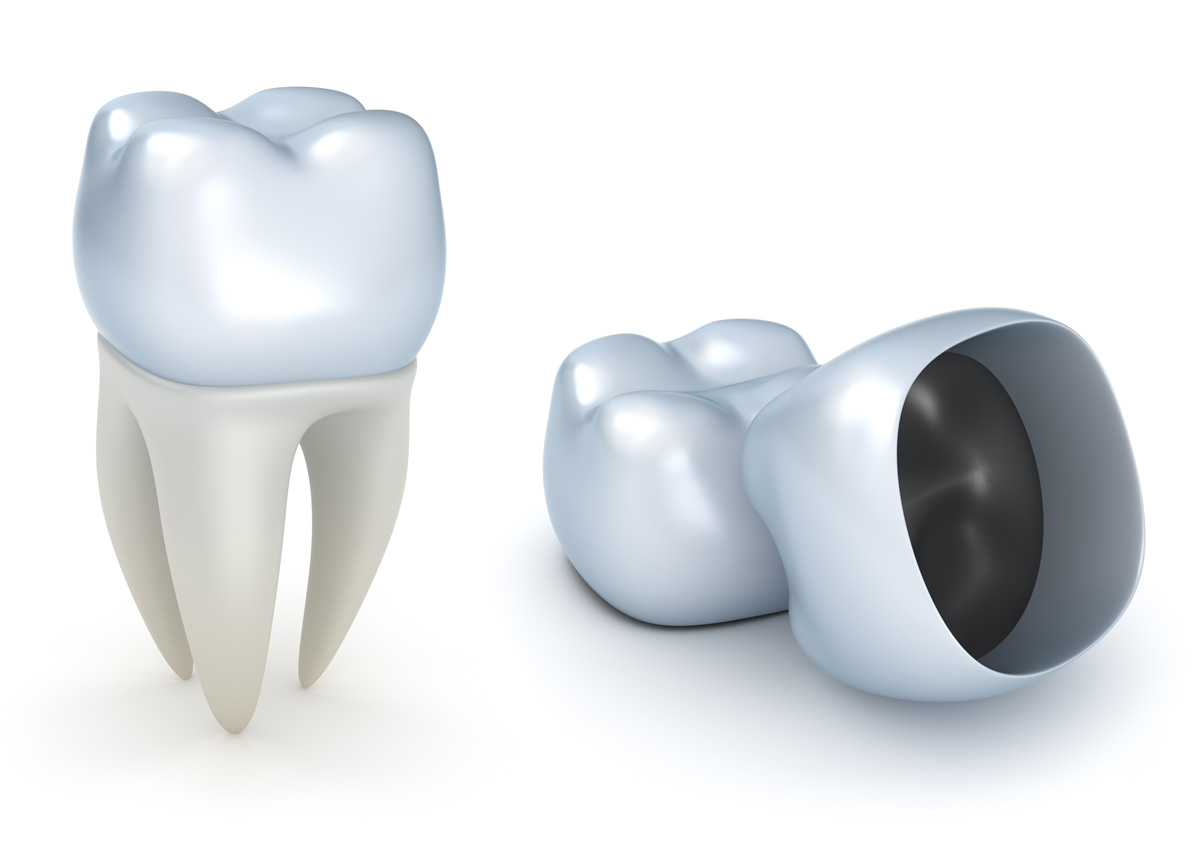Regular Oral Cancer Screenings: Keeping You & Your Smile Healthy
Oral cancer is a serious condition that affects thousands of individuals every year. Early detection plays a crucial role in ensuring successful treatment and improving survival rates. At Briglia Dental Group, our West Chester, PA family dentists recognize the significance of oral cancer screenings as a preventive measure, which is why Briglia Dental Group offers comprehensive oral cancer screening services. Learn more about the importance of oral cancer screenings and how Briglia Dental Group uses them to keep you and your smile healthy.
What is Oral Cancer?
Oral cancer, scientifically known as oral cavity and oropharyngeal cancer, is a type of cancer that develops in the tissues of the oral cavity and oropharynx. It encompasses various areas, including the lips, tongue, cheeks, floor of the mouth, hard and soft palate, sinuses, and throat. Oral cancer occurs when there’s an abnormal growth of cells in these regions, which can potentially invade nearby tissues and spread to other parts of the body. It’s a serious condition that requires prompt diagnosis and treatment for better outcomes.
Importance of Regular Oral Cancer Screenings
Early detection of oral cancer is crucial for effective treatment and improved survival rates. Regular oral cancer screenings offer numerous benefits and play a vital role in maintaining optimal oral health. Here are some key reasons why oral cancer screenings are important:

- Early Detection: Regular oral cancer screenings can detect abnormalities at an early stage when the chances of successful treatment are higher.
- Improved Survival Rates: Timely detection and treatment significantly increase the chances of survival and better long-term outcomes.
- Preventive Measures: Identifying precancerous lesions or suspicious areas allows for preventive measures to reduce the risk of cancer development.
- Enhanced Treatment Options: Early detection provides a wider range of treatment options, including less invasive procedures and more favorable prognoses.
- Peace of Mind: Regular screenings offer reassurance and peace of mind, knowing your oral health is being actively monitored and any potential issues are addressed promptly.
- Comprehensive Oral Health Evaluation: Regular oral cancer screenings also involve evaluating overall oral health, allowing for the detection of other oral issues or abnormalities.
- Tailored Treatment Plans: If an abnormality is detected, our West Chester dentist can develop a personalized treatment plan based on each patient’s needs.
- Educational Opportunity: Oral cancer screenings provide an opportunity for patients to learn about oral cancer, risk factors, and preventive measures, empowering them to make informed decisions about their oral health.
- Collaborative Care: Screenings foster collaboration between dentists, oral surgeons, and oncologists, ensuring a comprehensive approach to diagnosis, treatment, and follow-up care.
- Promoting Overall Well-being: Regular screenings contribute to optimal oral health and overall well-being, emphasizing the importance of preventive care and early intervention.
If an abnormality is detected during an oral cancer screening, your West Chester family dentist will recommend further evaluation, which may include additional tests or a referral to an oral surgeon or oncologist.
Methods for Detecting Potentially Cancerous Tissues
To effectively screen for oral cancer, dentists employ various methods and techniques. These methods help identify potentially cancerous tissues and areas that require further evaluation or biopsy. Common techniques used during oral cancer screenings include the following:
Visual Exam
During a visual exam, the dentist examines the oral cavity, throat, tongue, and surrounding tissues for any visible signs of oral cancer. This includes checking for unusual lumps, sores, white or red patches, or any other abnormalities.
Tactile Exam
A tactile exam involves gently feeling the oral tissues to detect any abnormalities, such as lumps or unusual textures. This method allows the dentist to evaluate the condition of the tissues more thoroughly and identify potential areas of concern.
Fluorescence
Fluorescence visualization is a non-invasive method that uses a special light to identify potentially cancerous tissues. The light causes abnormal cells to appear fluorescent, aiding in their detection. This technique enhances the accuracy of oral cancer screenings and improves the chances of early detection.
Dye
The dye method involves applying a specialized dye to the oral tissues, which can help detect abnormal areas. The dye selectively stains abnormal cells, making them more visible during the examination. This technique assists in identifying potentially cancerous tissues that may have been otherwise overlooked.
Adjunctive Technologies
Advancements in technology have led to the development of adjunctive screening tools, such as fluorescence imaging and tissue analysis. These technologies provide dentists with additional information and insights to aid in the detection and diagnosis of oral cancer.
Frequently Asked Questions















